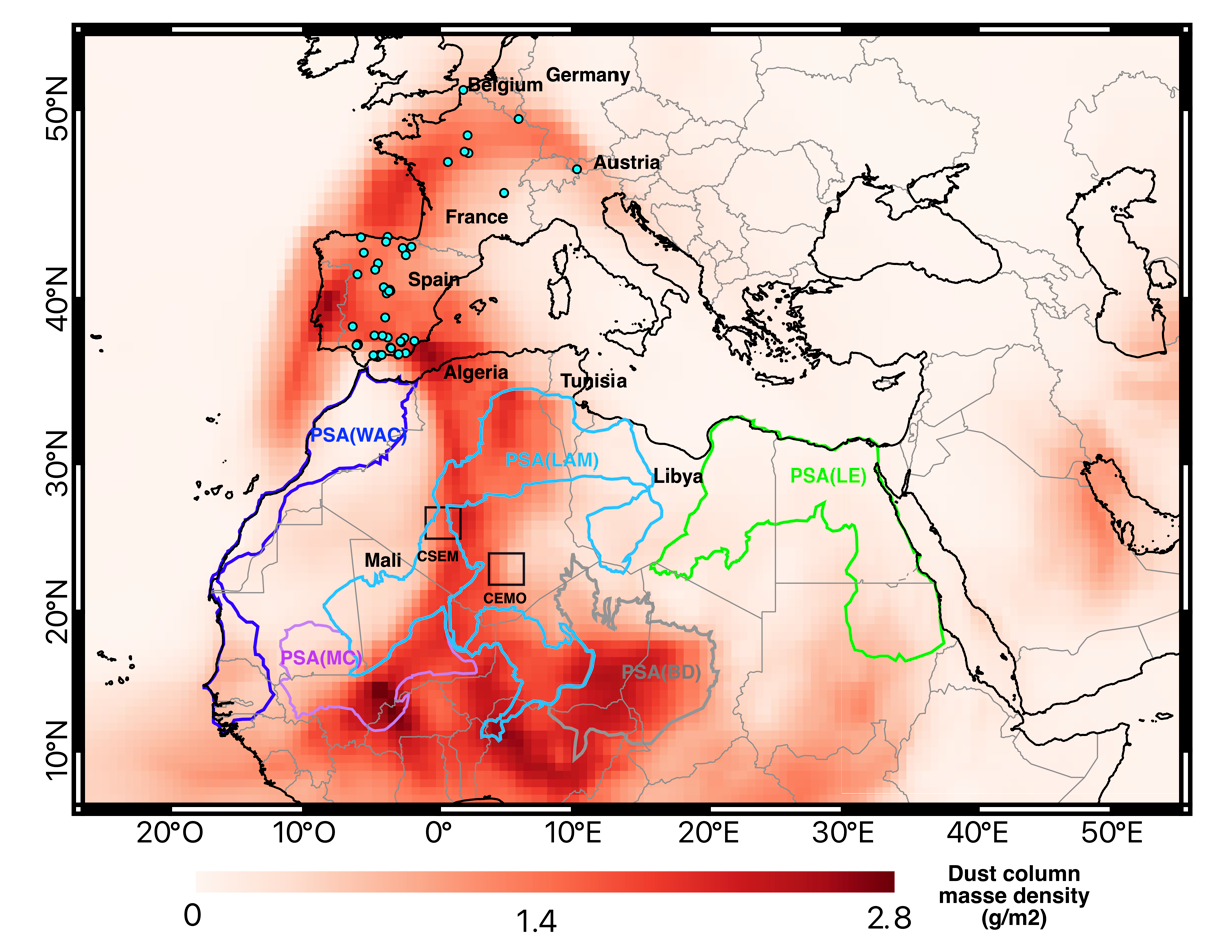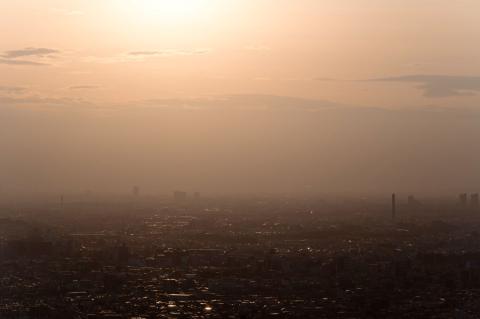The Saharan dust that dyed Spanish skies orange in 2022 did not present a radioactive risk to human health
The Saharan dust intrusion that reached Spain and other European countries in March 2022 posed no risk to human health in terms of exposure to radioactivity, according to an analysis of samples collected by citizens in Spain, Germany, Austria, Belgium, France, Belgium, France, and Luxembourg. The dust came from southern Algeria, says the analysis published in Science Advances, and contained plutonium isotopes characteristic of nuclear tests conducted by the U.S. and the Soviet Union - not from French tests in the Reggane area in the 1960s.

Francisco Javier Guillén Gerada - contaminación radioactiva EN
Francisco Javier Guillén Gerada
Head of the Environmental Radioactivity Laboratory
The analysis techniques used are correct. In these cases the main problem is sampling, which has been solved with social networks. The concentrations of suspended dust activity are very small, in the order of microBq/m3, which is consistent with what is observed in other sampling points and previous studies for Cs-137 and Pu-239+240.
The radioactive concentrations do not pose a radiological risk to the population. The dose rate estimated by the authors is approximately 1.9E-7 mSv/yr, which is many orders of magnitude lower than the reference level of 1 mSv/yr for the general public.
The use of isotopic ratios is a very powerful tool for identifying the provenance of a sample, in this case that of 239Pu/240Pu being an undeniable fingerprint of origin. That it corresponds to the global deposit from the American and Russian nuclear tests of the 1950s and 1960s is not surprising; it has been the main source of contamination worldwide, as they were atmospheric; whereas the French tests were probably subway.
The work sets an important precedent for citizen collaboration in obtaining samples.
Yangjunjie Xu-Yang et al
- Research article
- Peer reviewed



